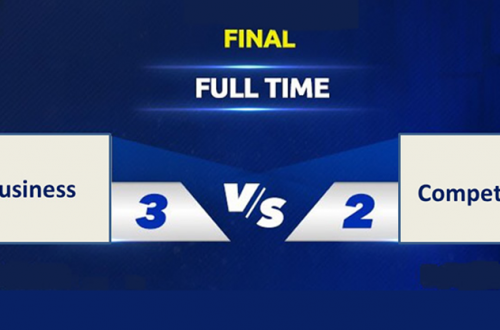If you have not yet done a cybersecurity maturity assessment of your organization, you are like a pedestrian crossing a busy road blindfolded. Coronavirus pandemic has made the world become interconnected more than before. As our scientists continue to explore ways to make life easier, technology adoption is at the forefront of these developments. To win, you must embrace new technologies while at the same time anticipating what could go wrong. It usually does. What is your cybersecurity maturity? To know your current state of cybersecurity, you need to undertake a cyber assurance risk assessment for improved governance and resilience.…
The duties of a board chairman
The primary duty of the board Chairman or Chairperson (in gender equality speak) is to manage the board effectively. Individual board members are very weak before the executive team. Only a board is working as a team with one voice, can provide effective oversight and sustainability to the enterprise. To do this, Board Chairman must recognize that s/he is not a boss nor a commander BUT a facilitator. The Chairman must set a tone that enables the directors on the board to conduct effective meetings. One of the critical skills all Chairmen need is the ability to listen by giving…
Automate your risk management processes
How would you answer the following questions? What keeps your leadership up at night? Do you experience challenges with strategy execution, risk management, and staff or strategy meetings? What is the risk to you? Who is responsible for risk identification, assessment, analysis, reporting, and on-going monitoring? Do you keep your risk register in MS Excel? How often do you update your risk register? How much does performance management processes cost your business? How do you know if your team’s everyday work is linked to the overall corporate strategy? Are your team’s everyday actions strategically aligned? Do you (or your team)…
Make your board more effective with this premium board template
The effectiveness of the board depends on the quality of the reports and papers the executive team prepares against which the board discussed are based. Yet, many leaders lack the skill to summarize lots of information into easy to read formats for a business executive. In the end, board members receive lots of information that is not easy to read thereby making the role more cumbersome and less interesting. As I have written in the past, the role of the Board Chairman is to manage the board to provide effective support to the executive team through the Chief Executive. The…
The 10 common errors in many strategic plans
Many companies have strategic plan documents merely for showoffs. Some companies write strategic plans for compliance purposes. Others use the documents to get loans or equity. For example, a business seeking loan financing may hire any advisor to write a strategy and business plan for purposes of obtaining a loan. Once the loan is got, the document is usually parked or put in the drawer. In many companies, however, the strategic document is left to rot in the drawers because few people understand it. Many “strategic documents are written like research papers.” The documents are like literature reviews of business…
Planning vs acting on the plans made
The year was 2007. I left my juicy job to swim in the deep waters of entrepreneurship. While at a big four audit firm, it was so easy to meet the managing directors and other C-level executives. All you needed was a display of your work identity card. “I am here to see the CEO.” To which, usually the Lady receptionist would ask, “are you on appointment?” Yes? “Where do you work?” With a big smile, you would look at the lady and say the name of the big four audit firm in which you work. Suddenly, you would receive…























